The Variable Damselfly Photo Challenge
The Variable Damselfly (Coenagrion pulchellum) is thought to be in decline in parts of Britain due to habitat loss, and the British Dragonfly Society is calling on photographers to help…
Introducing Dragonfly Conservation Europe
The British Dragonfly Society has joined a new collaboration called the Dragonfly Conservation Europe, which was founded earlier this year. Its goal is to promote odonatology and the conservation of…
Odonata European Red List Published
This new European Red List provides an updated summary of the conservation status of the European species of Dragonflies and Damselflies. Of the 146 species assessed, 21% are currently threatened…
Triangle of Confusion by John Curd
My title stems from two documented concepts. In photography, the circle of confusion is used to determine the depth of field, that part of an image which is acceptably sharp.…
Study finds pollution from flea treatment in the New Forest pools
A study has found that a the common insecticide used in ‘spot-on’ flea treatments, imidacloprid, was detected at four waterbody locations where dogs have access. At one site the levels…
Norfolk Hawker makes headlines
The Norfolk Hawker (Aeshna isoceles) made headlines this week; the species has undergone impressive range expansion since 1990 – good news for a species which was categorised as Endangered in…
A study on pond management for Northern Damselfly (Coenagrion hastulatum)
Stephen Corcoran, County Dragonfly Recorder for Moray, carried out a surveys of ponds that have been created and managed for Northern Damselfly (Coenagrion hastulatum) with the aim of assessing the…
POST review of freshwater habitat restoration in the UK
The Parliamentary Office of Science and Technology (POST) works to ensure that the best research evidence is brought to bear on the legislative process of Government. POST recently published a…
New free guide to pond restoration, creation and management.
Two thirds of the ponds in England and Wales have been lost; the countryside is littered with dried out farmland ponds, over shaded by tree growth. Many freshwater species are…
Buglife completes Important Invertebrate Areas Map for Wales
Wales has become the first country in the world with a map of its most important areas for insects and other invertebrates – a vital source of information to help…
